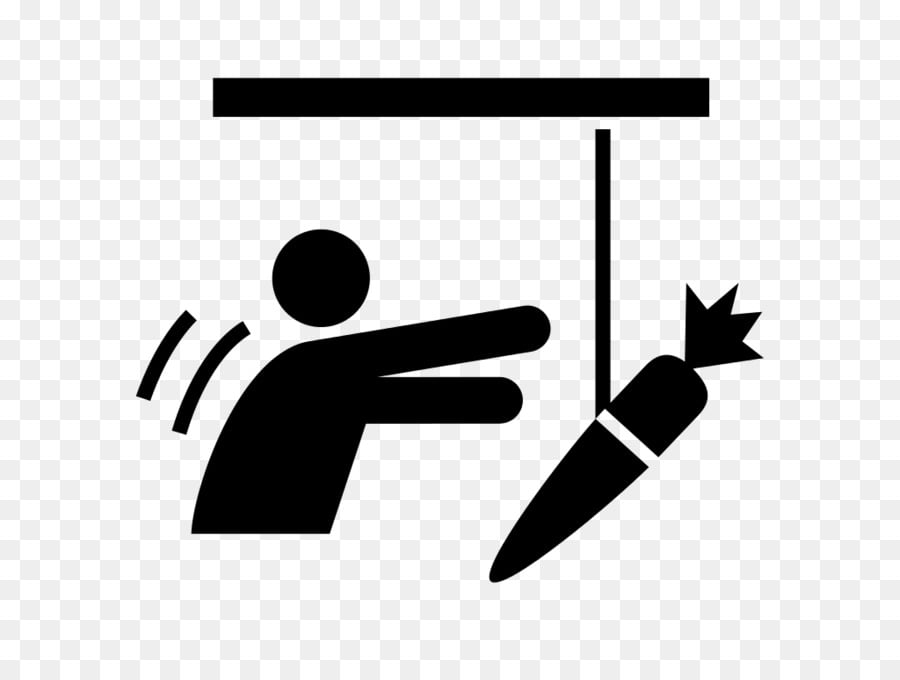Strategic Distribution Planning: Optimizing the Supply Chain 📦
In today's fast-paced and competitive business environment, strategic distribution planning plays a crucial role in optimizing the supply chain. It involves carefully mapping out the flow of goods and services from the production stage to the end consumer, ensuring efficiency, cost-effectiveness, and customer satisfaction. Let's dive into the world of strategic distribution planning and explore how businesses can leverage it to gain a competitive edge. 🚀
-
Understand your customer's needs 🧐: The first step in strategic distribution planning is to gain a deep understanding of your customer's needs and preferences. By analyzing market trends, customer feedback, and demand patterns, businesses can tailor their distribution strategies to meet customer expectations effectively. For example, a clothing retailer may identify that online shoppers prefer faster delivery options, leading them to prioritize the establishment of regional distribution centers for timely order fulfillment. 🛍️
-
Optimize inventory management 📊: Efficient inventory management is critical to ensure products are available when and where they are needed. By adopting advanced inventory management techniques such as just-in-time (JIT) or vendor-managed inventory (VMI), businesses can reduce carrying costs, minimize stockouts, and enhance overall supply chain performance. For instance, automotive manufacturers like Toyota have adopted JIT inventory systems, allowing them to minimize inventory levels and respond quickly to market demand fluctuations. 🚗
-
Streamline transportation and logistics 🚚: The transportation and logistics aspect of distribution planning is vital for ensuring the smooth movement of goods from one location to another. By optimizing transportation routes, choosing the most cost-effective modes of transportation, and leveraging technology solutions like GPS tracking, businesses can minimize transportation costs and enhance delivery efficiency. A prime example is Amazon, which has revolutionized the e-commerce industry by investing in its transportation network and introducing innovative delivery methods like drone delivery. 📦
-
Embrace technology and automation 🤖: Technology plays a pivotal role in modern distribution planning. By adopting state-of-the-art software systems, businesses can automate various processes, improve visibility, and enhance overall supply chain management. For instance, companies like Walmart have implemented automated inventory tracking systems that streamline stock replenishment, reducing the likelihood of stockouts and improving customer satisfaction. 💻
-
Collaborate with strategic partners 🤝: Collaborating with strategic partners can unlock numerous benefits in distribution planning. By joining forces with suppliers, distributors, and logistics service providers, businesses can leverage their partner's expertise, infrastructure, and resources to enhance their own distribution capabilities. A prime example is the partnership between Starbucks and PepsiCo, enabling Starbucks to distribute its ready-to-drink beverages through PepsiCo's extensive distribution network. ☕
-
Leverage data analytics 📊: Data analytics is a powerful tool that helps businesses make informed decisions in distribution planning. By analyzing historical sales data, market trends, and customer behavior, businesses can identify patterns, optimize inventory levels, and enhance forecasting accuracy. For example, Coca-Cola uses data analytics to predict demand and adjust production and distribution accordingly, ensuring its products are readily available to meet consumer demand. 📈
-
Implement effective warehouse management 🏭: Efficient warehouse management is crucial in distribution planning. By implementing efficient layout designs, optimizing storage space, and utilizing technology solutions like barcode scanning, businesses can minimize operational costs and expedite order fulfillment. An excellent example is Zappos, an online shoe retailer that has successfully implemented a warehouse management system allowing them to provide fast and accurate order processing. 👞
-
Adopt sustainable practices ♻️: In today's environmentally conscious world, businesses must prioritize sustainability in their distribution planning. By reducing packaging waste, optimizing transportation routes to minimize carbon emissions, and exploring alternative energy sources, businesses can contribute to a greener supply chain. For instance, IKEA has incorporated sustainable practices by optimizing packaging designs to reduce material consumption and carbon emissions during transportation. 🌱
-
Continuously monitor and adapt 🔄: Distribution planning is not a one-time process; it requires continuous monitoring and adaptation to ensure ongoing success. Businesses should regularly analyze key performance indicators (KPIs), customer feedback, and market changes to identify areas for improvement and make necessary adjustments. By staying agile and responsive, businesses can better meet evolving customer demands and stay ahead of the competition. 📈
-
Stay ahead of the competition 🏆: In a fiercely competitive marketplace, staying ahead of the competition is essential. By regularly benchmarking against industry leaders, monitoring competitor strategies, and seeking innovative ways to differentiate your distribution approach, businesses can maintain their competitive edge. For instance, FedEx revolutionized the logistics industry by introducing overnight shipping services, setting a new standard for fast and reliable delivery. 🚚
-
Emphasize customer experience 🌟: The customer experience should be at the forefront of distribution planning. By providing seamless order fulfillment, timely delivery, and hassle-free returns processes, businesses can create a positive customer experience and build brand loyalty. A prime example of this is Apple, known for its exceptional product availability and fast delivery, resulting in high customer satisfaction and repeat purchases. 🍎
-
Consider global supply chain dynamics 🌍: For businesses operating in global markets, considering the unique dynamics of the global supply chain is crucial. Factors such as trade regulations, cultural differences, and geopolitical risks should be taken into account when developing distribution strategies. For example, Nike strategically locates its manufacturing facilities across different countries to optimize cost and minimize trade barriers. 👟
-
Invest in talent development 👩💼: A skilled workforce is essential for effective distribution planning. By investing in talent development programs, businesses can equip their employees with the necessary skills and knowledge to optimize the supply chain. Training programs on inventory management, logistics optimization, and technology utilization can empower employees to make informed decisions and contribute to overall distribution excellence. 💼
-
Seek continuous improvement 🔍: The pursuit of continuous improvement is a cornerstone of strategic distribution planning. By adopting a culture of continuous improvement, businesses can identify opportunities for optimization, eliminate inefficiencies, and enhance overall supply chain performance. For example, Six Sigma methodologies have been widely adopted by businesses such as Motorola and General Electric to drive continuous improvement in their distribution processes. 📉
-
Embrace innovation and adaptability 🚀: Finally, strategic distribution planning requires businesses to embrace innovation and adaptability. By staying abreast of technological advancements, exploring new distribution models, and being open to change, businesses can proactively respond to evolving market dynamics and stay ahead of the competition. For instance, Uber disrupted the traditional taxi industry by introducing a peer-to-peer ride-sharing platform, revolutionizing the way people travel. 🚕
In conclusion, strategic distribution planning is a critical aspect of optimizing the supply chain. By understanding customer needs, optimizing inventory management, streamlining transportation and logistics, embracing technology, collaborating with partners, leveraging data analytics, implementing effective warehouse management, adopting sustainable practices, continuously monitoring and adapting, staying ahead of the competition, emphasizing customer experience, considering global dynamics, investing in talent development, seeking continuous improvement, and embracing innovation, businesses can unlock significant benefits and gain a competitive edge. So, what strategies have you implemented in your distribution planning? Are there any additional tips you'd like to share? Let us know in the comments below! 💡







